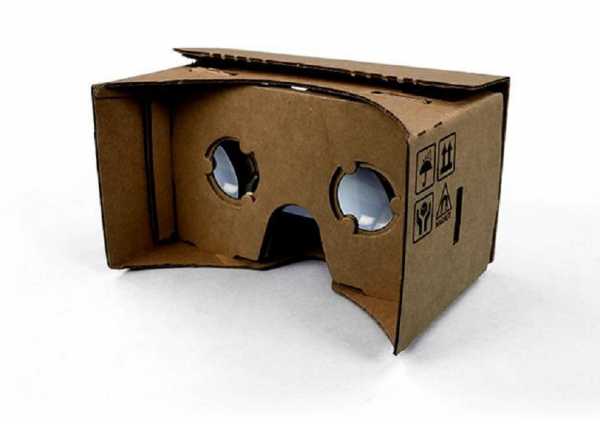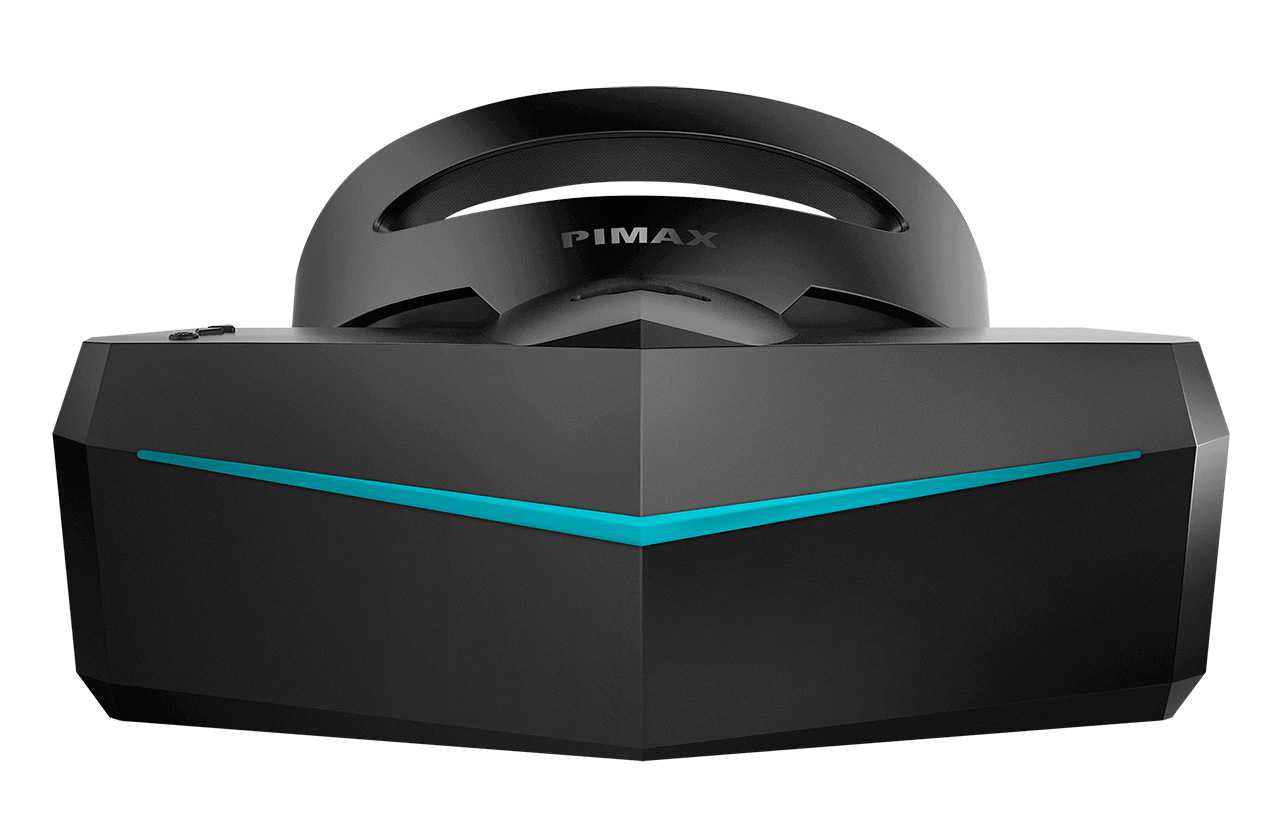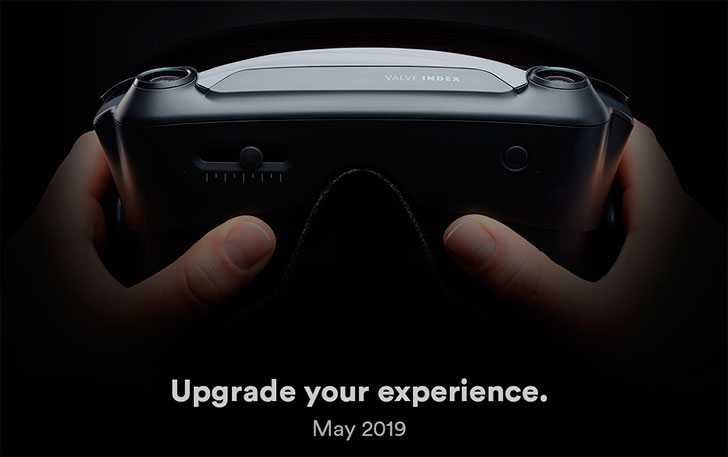4 Sep 2014 20:38
Mensajes: 473
Visores
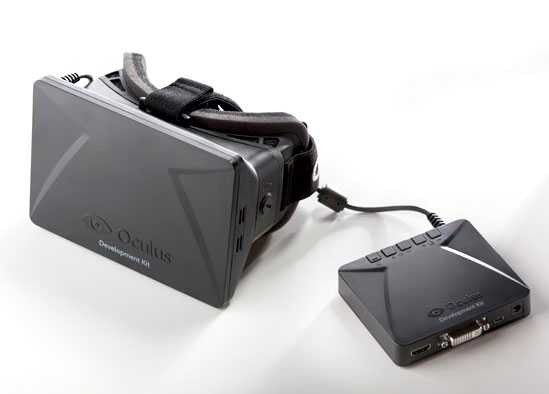
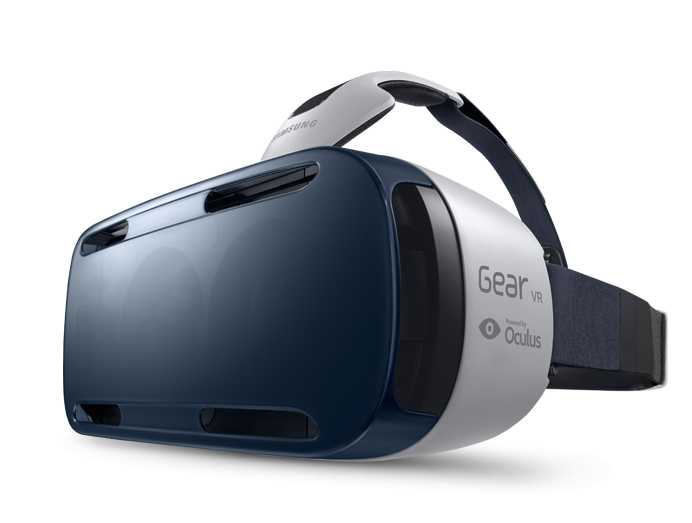




¿Alguien sabe explicar qué cosa tan increible ha enseñado OTOY en Sigraph que va a cambiar todo?
Dicen que es increible y bla bla bla, pero por mucho que leo y releo no me entero de nada
gente ha visto algo y lo explica, 240fps?
I’m standing in a red cube filled room, and the voice I am hearing is that of OTOY’s CEO Jules Urbach. I reach out and grab the Lighthouse controller in the space and Urbach starts the demo. Suddenly a window into several photorealistic worlds opens up in front of me, attached to the top of the controller. I move the window closer to my face, examining the impressive detail as I peer into each one and rotate my head and the controller. As I do, I am able to peer around the individual scenes each of which is being simultaneously rendered as a light field in unbelievable clarity.
While all of the scenes that I saw on the Vive and Tango were static, on my way out I was able to see some of the early in-motion VR light field scenes on the Gear VR that OTOY is working on, including a six-second long Star Wars demo. That’s right, light field Star Wars. The demo, which was rendered using the same pipeline as the synthetic scenes on the Vive, put me in the corridor of an Imperial starship as Storm Troopers ran past. It was crystal clear, and while it wasn’t running at it’s full frame rate (according to Urbach it was created at 240FPS, well beyond the capabilities of the Gear VR), the motion looked amazing and realistic even as I scrubbed through the individual frames. OTOY was quiet as to whether this was a piece of something bigger than a six second tech demo, but a photo from OTOY’s recent press release suggests that it may be.
Aqui la pagina de OTOY explicando que va a ser el antes y el después
¿es render a tiempo real? es solo para pelis? en qué afecta a los videojuegos?
solo se ve de forma rectangular?

